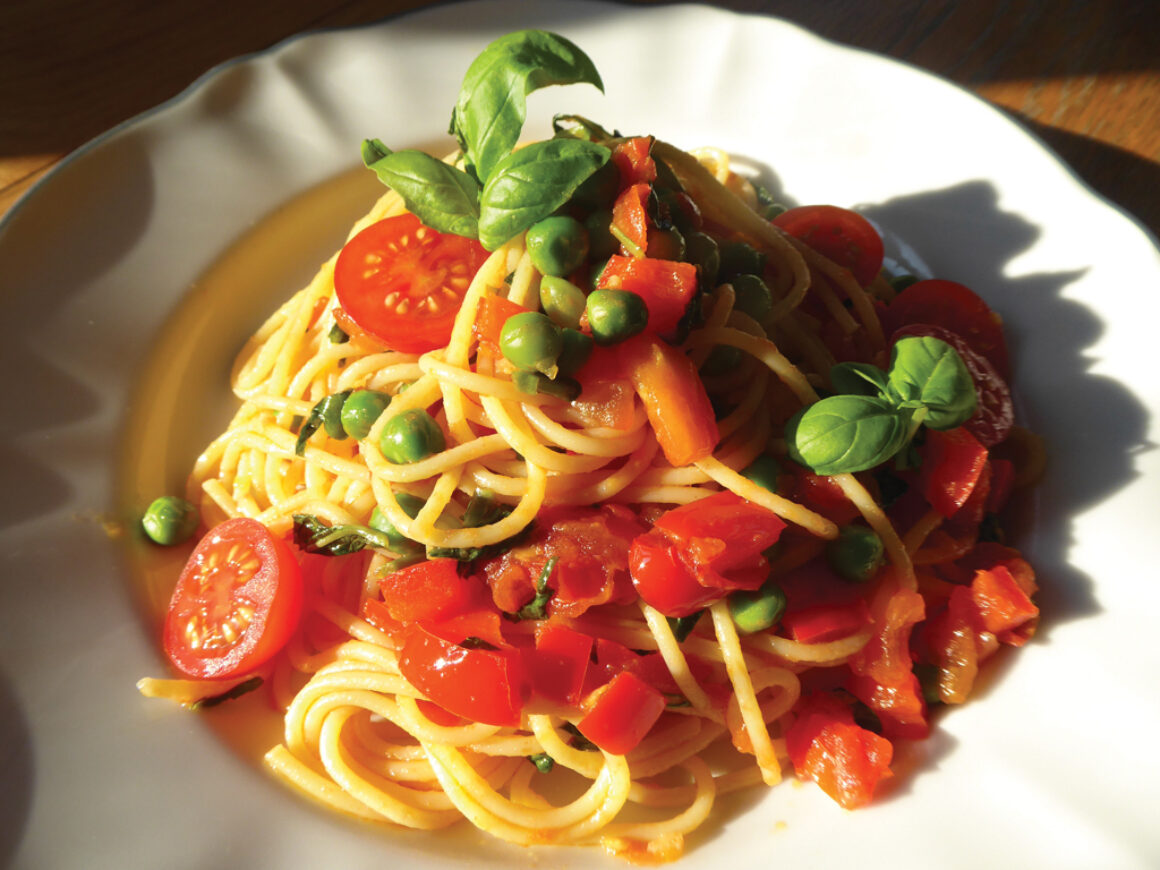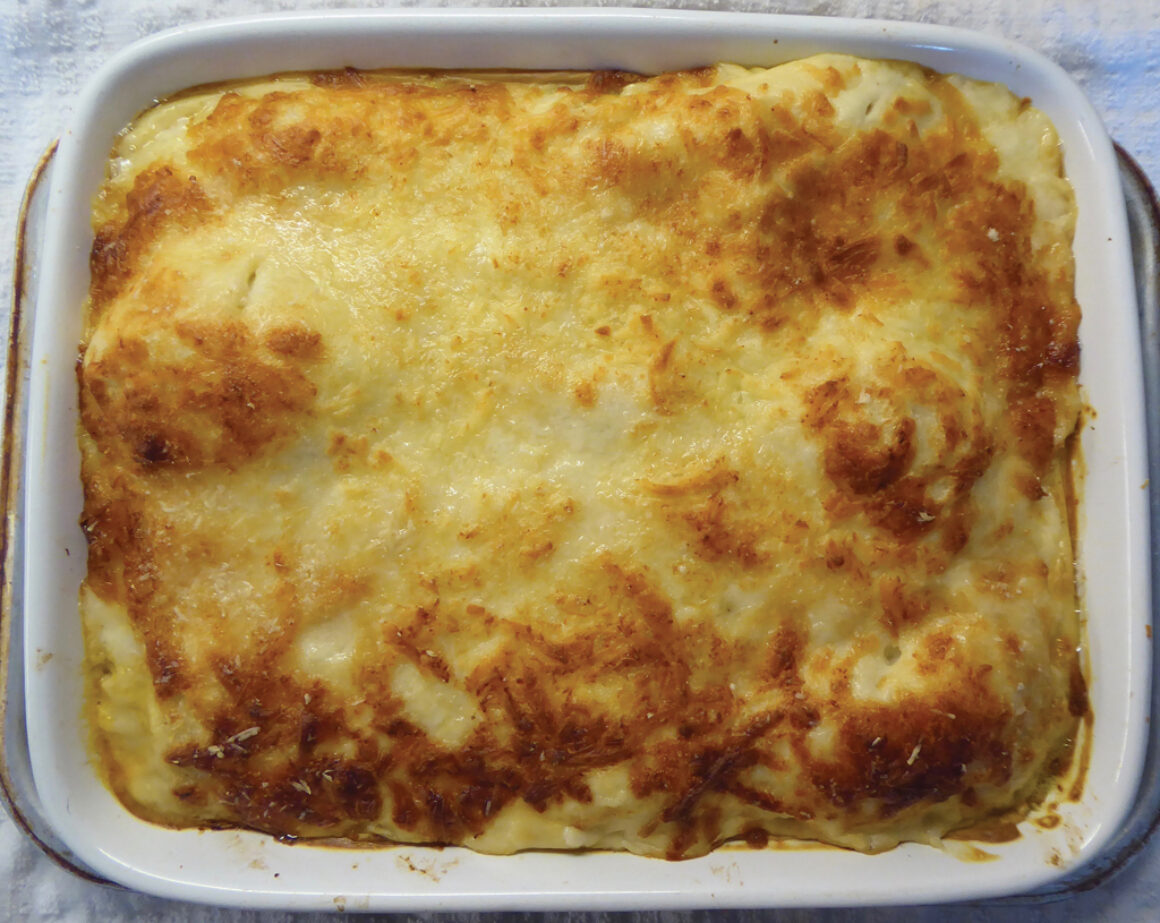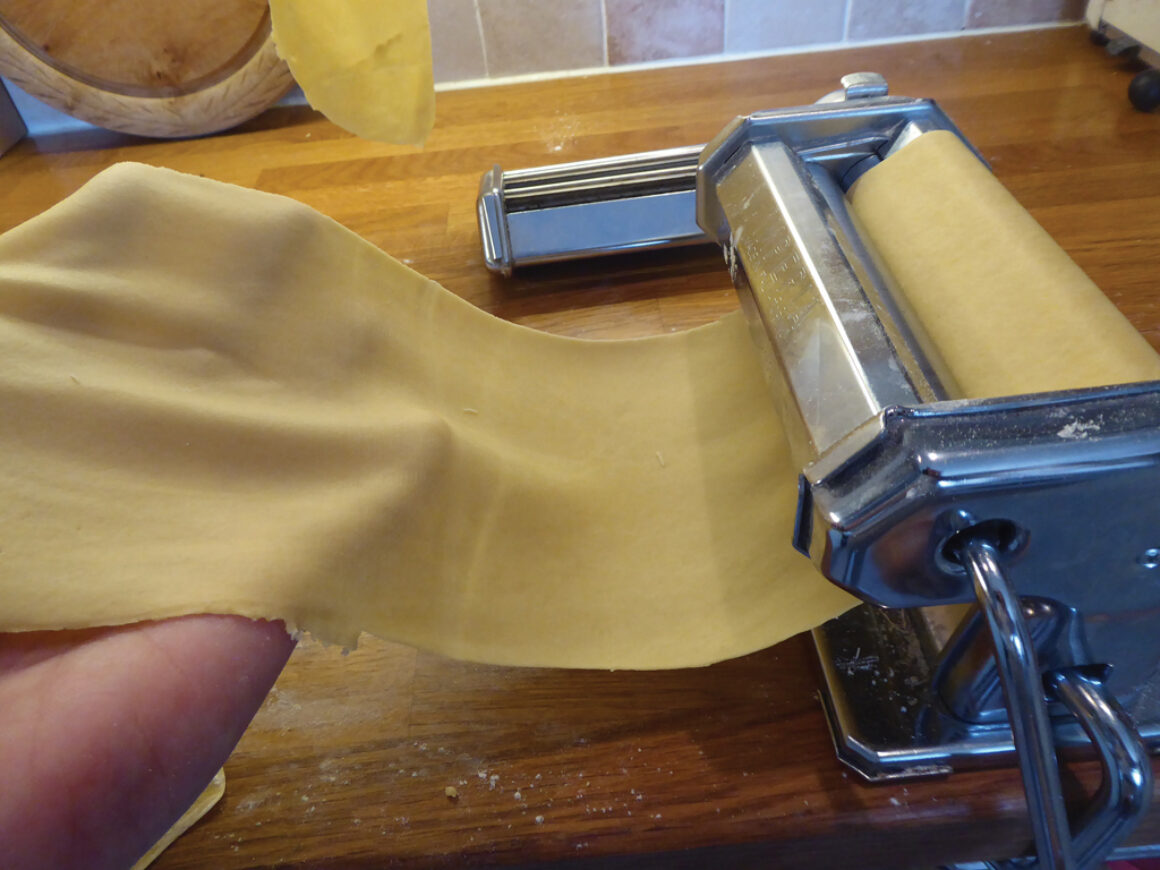The Italian Job
The Italian revolution in England started in the 1960’s and has been gaining strength ever since. Before that we had spaghetti and ravioli in tins as an alternative to baked beans but in the 60’s everybody started making Spaghetti Bolognaise. My mother had a go with chopped up Bird’s Eye beef burgers and a tin of tomatoes. About the same time grated Parmesan cheese appeared in the shops. It was packaged in a cardboard tube with a shaker lid and it smelt and tasted a bit sicky – I think the Italians ground up all their old Parmesan rinds and shipped them to us thinking, probably correctly, that we wouldn’t know the difference.
In America when Italian immigrants wanted to open the first pizza takeaways they surmised that no one would know what a pizza was so they called it pizza pie until its popularity was established. Now the ‘pie’ has been dropped and it vies with burgers to be the world’s favourite fast food – not bad for something that is really just glorified cheese on toast.
In 1987 the first River Café restaurant opened in London and suddenly we are all much more sophisticated. Spaghetti Bolognaise is a misnomer – it is now pasta ragout. We buy Parmesan in big chunks, grate it ourselves and it tastes much nicer. Ready to cook fresh ravioli with a host of interesting fillings line the shelves in the supermarkets and every foodie has a pasta machine in their streamline kitchen, although they might not use it that often!
The Italians don’t like it much when it is pointed out that Marco Polo probably brought back the idea of noodles from the East that became the beginnings of pasta as a staple in Italy. But Italian food is about so much more than just pasta; it’s about excellent ingredients, seasonality, simplicity, freshness and good cooking. In the north where there is more pasture for raising livestock and growing wheat, they eat more pasta, meat and cheese, whereas in the south it is warmer and surrounded by sea so the food is simpler and based on seafood, vegetables and olive oil.
When Henry 1V of France married Catherine de Medici of Italy and she moved to France she was horrified by the quality of the food in court so she imported Italian chefs and in those days as fashion followed royalty the food of France changed and improved to become what it is today but don’t tell a French person that without getting ready to run first. (Apparently she also introduced the French to tobacco, handkerchiefs and ladies’ drawers).
Any pasta aficionado will tell you fresh pasta is in no way superior to dried, so you can put that pasta machine away without feeling guilty. It is certainly not worth the bother of making all those different types of which there are a staggering 660 varieties. There is a good reason to make your own ravioli only because you can make some much more exciting fillings like lobster and crab and be more generous with them.
What is difficult to get right is the cooking of pasta. We all know it should be ‘al dente’ but not so easy to achieve because the finished result should be chewy rather than hard. The secret is to cook it in a lot of water otherwise it stews rather than boils, drain it just before it is fully cooked, mix it with your chosen sauce and let it stand for a minute or two to finish the cooking process while it absorbs the flavour of the sauce. Often pasta is served with too much sauce, experts complain, and some of the best pasta dishes have no sauce at all just some good olive oil, chopped garlic, parsley and chilli. Even some supposedly authentic Italian restaurants in this country are guilty of too much sauce and Spaghetti Carbonara should NOT have cream in it.
Some years ago we had an Italian student stay with us and she told me an interesting story one evening. In her home town a Chinese restaurant opened and she was honest enough to admit that Italians can be a tad conservative when it comes to food so the restaurant was not doing too well. The owner was a canny fellow and surmised correctly that when Italians ate out they liked to have their courses in a certain order; anti pasta to start, a pasta dish followed by a main course. The restaurateur kept all his authentic Chinese dishes but rearranged his menu: small items at the beginning followed by noodle dishes before the main meat and fish items. Apparently business increased and he started to do rather well.



